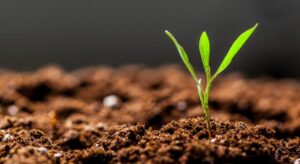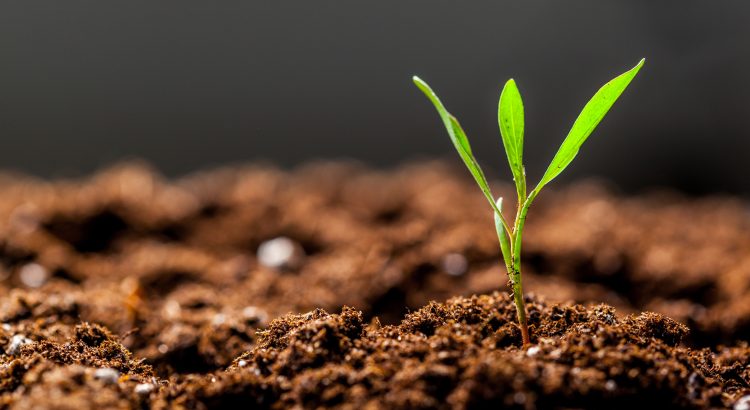Soil Texture is the relative proportions of sand, silt, and clay in a soil. Organic Matter and particles greater in size than 2 mm are not include in the definition even though can effect the soil properties, greatly.
Sand are the particles which range in size from 2.0 mm to 0.05 mm in size. The sand size particles are often quartz. Quartz is relatively resistant to weathering. Minerals such as feldspar and micas may also be present in this size classification. Quartz is relatively inert while the other minerals contain nutrients which are essential for plant growth. The net effect is that sandy soils due to the significant amounts of quartz are well drained but also do not retain water or nutrients, very well.
Silt size particles range in size from 0.05 mm to .002 mm. Minerals such as feldspar and micas dominate this fraction. The greater surface area, the greater nutrient content of the minerals, and rapid rate these minerals decompose make silty soils more fertile and better able to hold water than sandy soils.
Clay are those particles with a size below .002 mm in diameter. The clay fraction due to greater surface area is better able to hold nutrients and water. Micas and Feldspars are also present in this size fraction but chemical weathering also leads to the formation of secondary minerals such as illite, kaolinite, smectites, and vermiculite. The secondary minerals are also characterized by having a negative charge due to dissociation of the hydroxyl groups on the clay surface or isomorphic substitution within the clay mineral. This enables the clay fraction to adsorb nutrients which are in the form of a cation such as Calcium, Iron, and Magnesium.

Clay soils have a tendency to hold water and nutrients well but drain poorly. The soil textural triangle at the top page divides soils into different classes. The names of the soil textural classes are based upon which fraction of the soil dominates the soil properties. A loam soil is a soil in which all of the particles contribute equally to the soil properties. It does not mean that an equal percentage of each size fraction is present. Clay due to it chemical and physical properties can have a large effect on how a soil acts even if it is present as a relatively low percentage compared to the sand fraction.
Different plants do better on different type of soil textures, watermelons and red pines grow well in sandy loam soil while corn does best in a loam types soil. Maples and beech are often found growing on loams and clay loams.
If a soil has a large fraction of particles larger than 2mm size even if clay may dominate the soil size fractions it’s physical properties will be different than a soil composed completely clay. The addition of organic matter to a soil will also affect the properties of a specific soil texture.
Organic matter will increase the ability of a sandy soil to hold nutrients and water due to the organic matter’s high exchange capacity. Addition of organic matter to a clay soil will improve the drainage capability of the soil because it helps bind the clay minerals together to form a larger structural unit.

